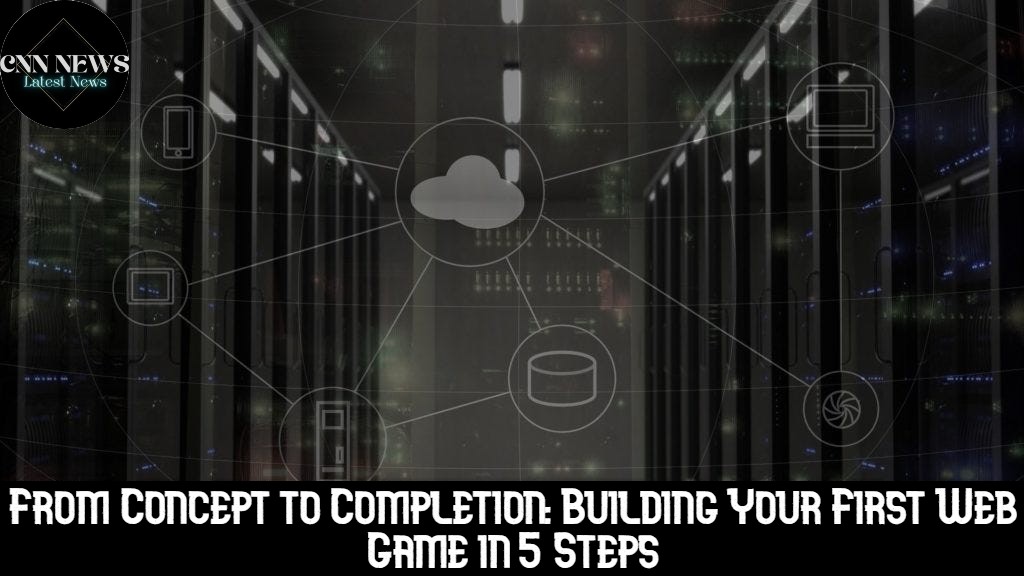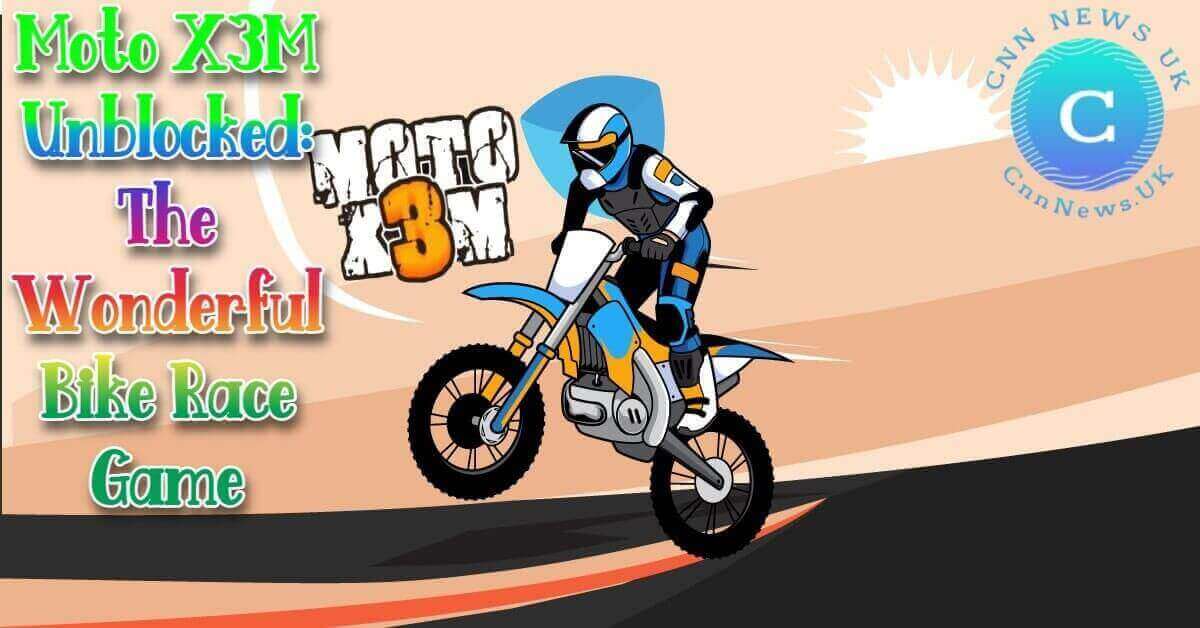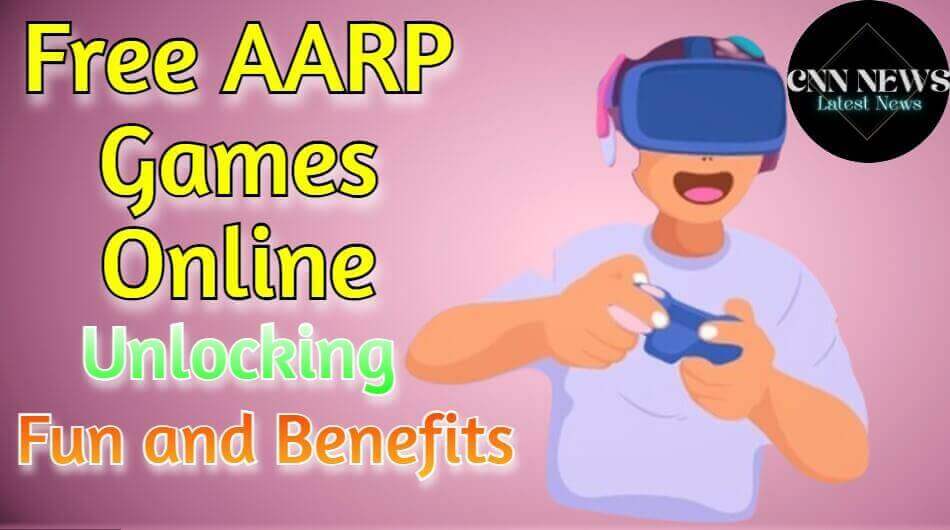In the ever-evolving landscape of technology, web game development has become an exciting avenue for both seasoned developers and enthusiastic beginners. If you’ve ever dreamt of creating your own web game, the journey from concept to completion may seem daunting at first. However, with the right guidance, breaking down the process into manageable steps can make the task more achievable. In this comprehensive guide, we’ll walk you through the essential steps of building your first web game.
1. Define Your Game Concept
Before diving into coding and design, it’s crucial to have a clear vision of your game. What’s the theme? What type of game are you creating? Is it a puzzle, action, or simulation game? Define the target audience and the overall purpose of your game. This initial step lays the foundation for the entire development process.
Tips for Defining Your Game Concept:
- Research popular game genres.
- Identify unique features that set your game apart.
- Sketch out basic game mechanics.
2. Choose the Right Development Tools
Selecting the appropriate development tools is pivotal in ensuring a smooth development process. Numerous frameworks and engines cater to different skill levels and game types. Whether you’re a beginner or an experienced developer, choosing the right tools can significantly impact your workflow and the quality of your final product.
Recommended Development Tools:
- Unity: Ideal for 2D and 3D games, suitable for beginners and experts.
- Phaser: A lightweight JavaScript framework for 2D games, perfect for beginners.
- Godot: An open-source game engine suitable for both 2D and 3D game development.
3. Design Your Game Architecture
The architecture of your game is like the blueprint of a building. Planning how different components interact with each other is essential for a scalable and maintainable project. Break down your game into modules, define data structures, and plan the overall flow of the game.
Key Components of Game Architecture:
- Game Loop: Define the core loop that processes input, updates the game state, and renders the graphics.
- Entities and Components: Design the entities (characters, objects) and components (attributes, behaviors) that make up your game.
- Collision Detection: Implement a system for detecting collisions between game elements.
4. Implement Game Mechanics and Features
Now comes the hands-on coding part. Start implementing the game mechanics and features based on your defined architecture. This step requires a good understanding of your chosen development tools and programming languages. Break down the implementation into smaller tasks and tackle them one at a time.
Essential Game Mechanics and Features:
- User Input: Capture and process user input for interaction.
- Game Physics: Implement realistic movements and interactions between game elements.
- Scoring System: Create a scoring or progression system to keep players engaged.
5. Test, Debug, and Optimize
Testing is a crucial phase in game development. Identify and fix bugs, check for performance issues, and gather feedback from playtesting. Optimization is also essential to ensure your game runs smoothly on various devices and browsers.
Testing and Optimization Tips:
- Cross-browser Testing: Ensure compatibility with popular browsers.
- Performance Optimization: Optimize graphics, code, and assets for smoother gameplay.
- User Feedback: Gather feedback from testers and make necessary improvements.
Conclusion: Your Journey to Web Game Development
Embarking on the journey from concept to completion in web game development is an exciting and rewarding experience. By defining your concept, choosing the right tools, designing a solid architecture, implementing game mechanics, and rigorously testing your game, you’ll be well on your way to creating a captivating web game.
In conclusion, building your first web game is a process that involves creativity, technical skills, and perseverance. As you navigate through the steps, you’ll gain valuable insights into game development and refine your skills along the way. Remember that the journey is as important as the destination, and each challenge you overcome contributes to your growth as a game developer.
For those looking to expedite their web game development journey, consider exploring professional web game development services. Outsourcing certain aspects of the development process can provide valuable expertise and accelerate the overall timeline. Now, armed with the knowledge from this guide, unleash your creativity and start building the web game you’ve always envisioned.





Your articles are extremely helpful to me. Please provide more information!